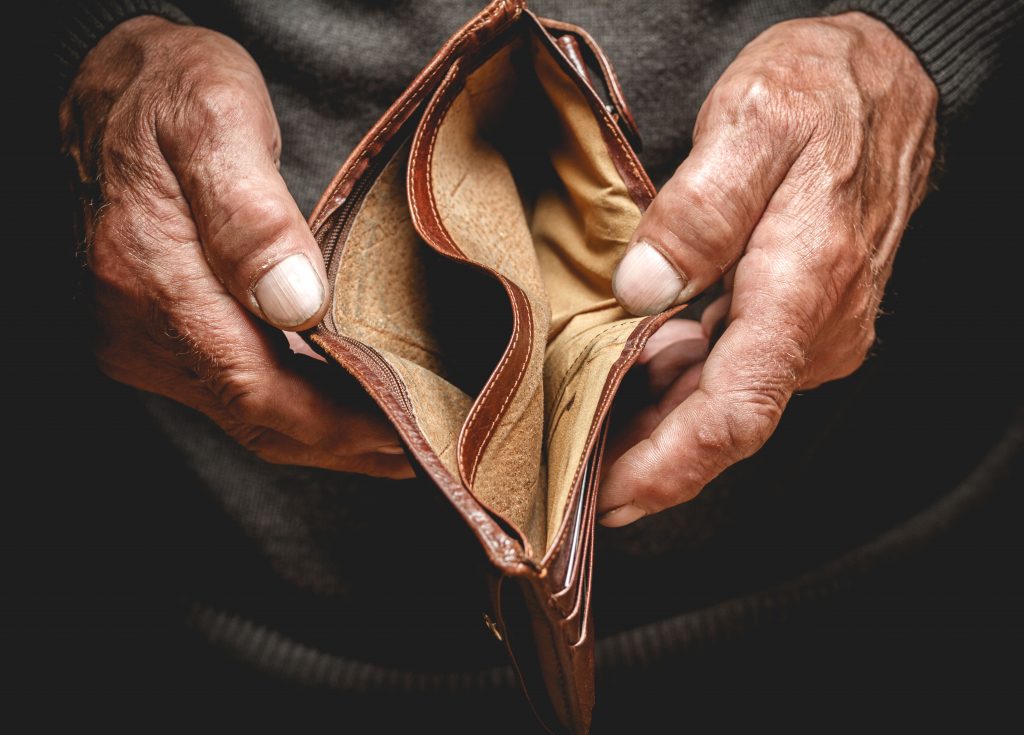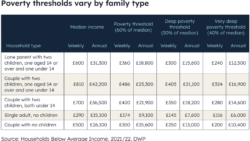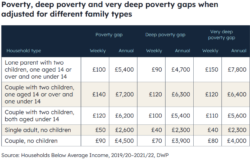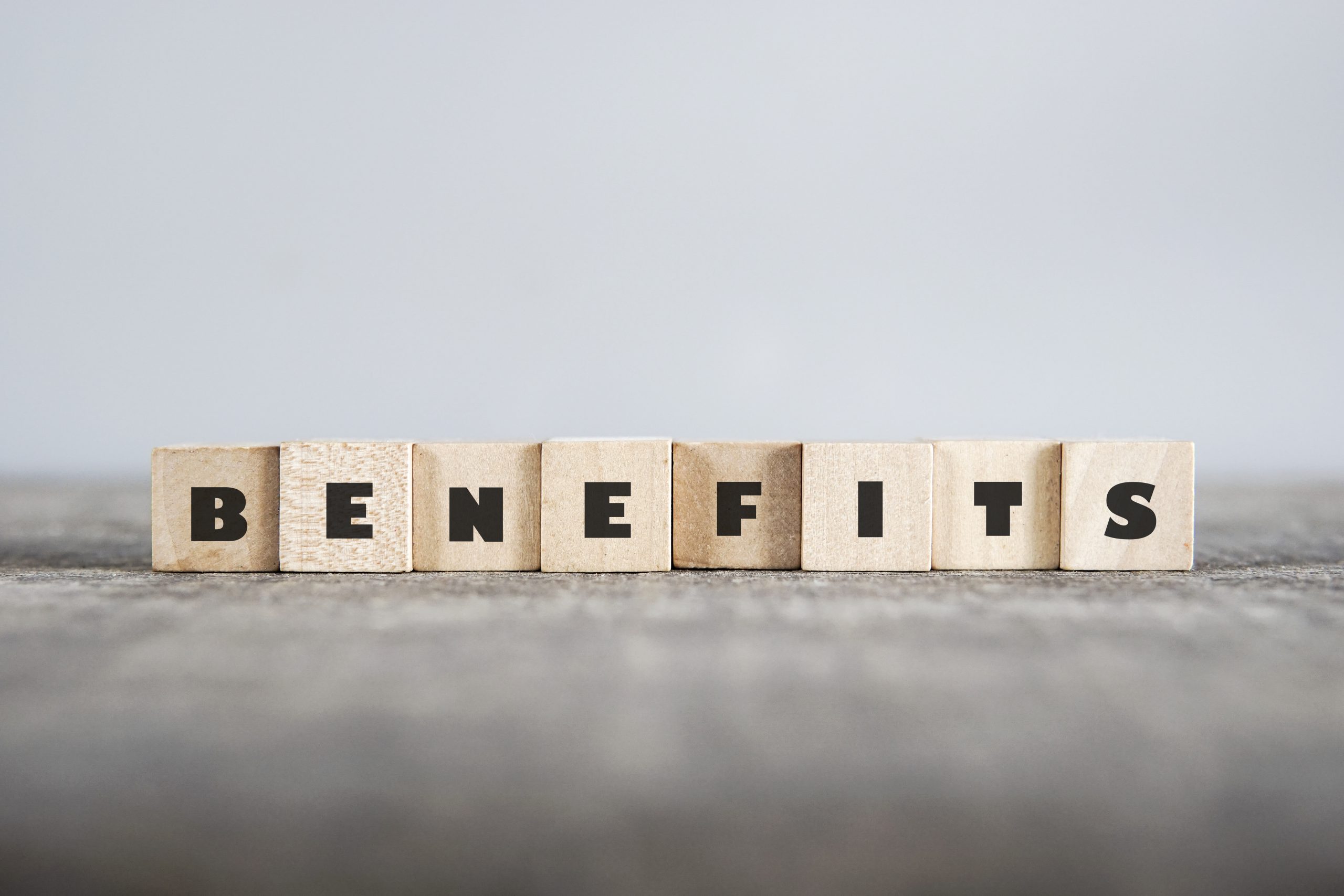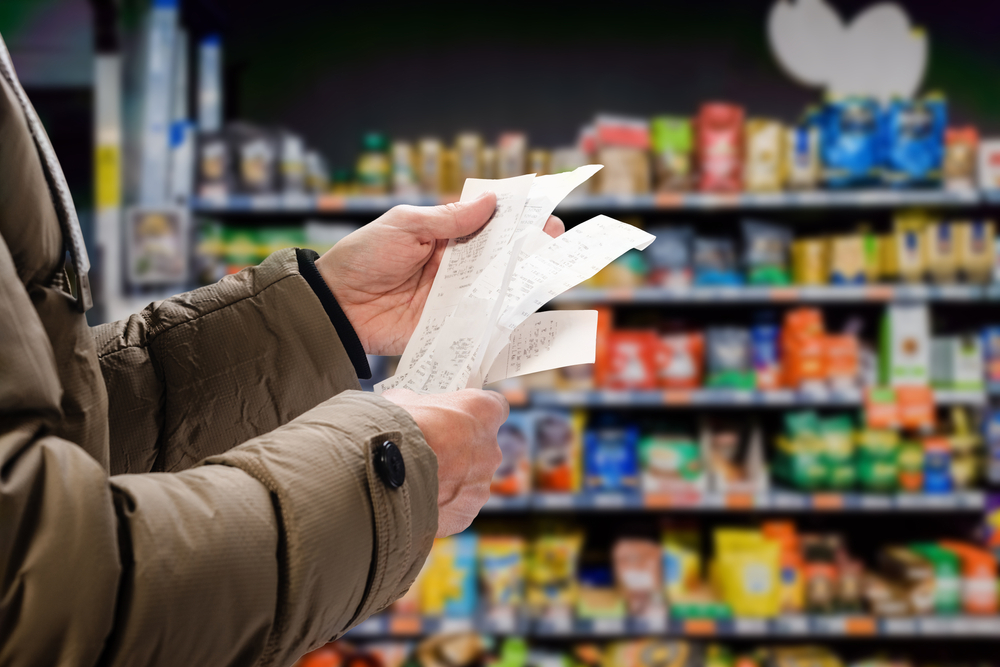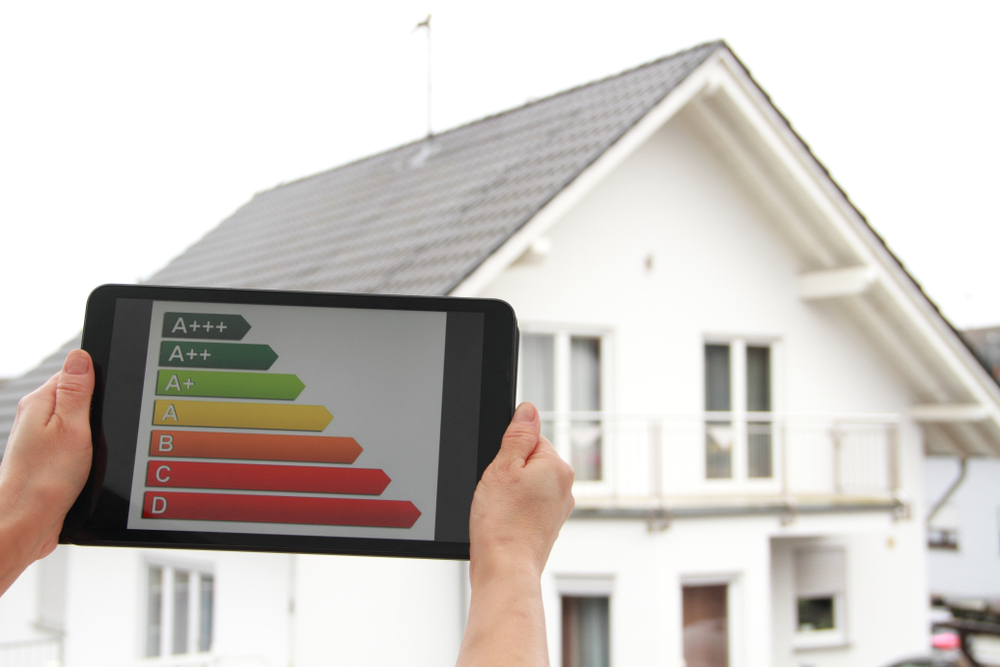More than 14 million people in the UK were in poverty in 2021/22 – four million of these were children – with the UK entering an election year with “unacceptably high levels”, a charity warns.
One in five people in the UK were in poverty in 2021/22 – a level around 50% higher than they were in the 1970s. This is defined as your resources being well below what is enough to meet minimum needs, including taking part in society, but vary by family type.
According to the Joseph Rowntree Foundation’s UK Poverty 2024 report, it is 20 years since we last saw a sustained fall in poverty.
Around two in every ten adults are in poverty in the UK, with about three in every ten children being in poverty. Meanwhile, 2.1 million pensions are also classed as living in poverty.
The charity revealed that the number of families living in temporary accommodation has reached record highs, while more and more people are turning to food banks for emergency parcels.
It said this represents “social failure at scale” with not only a human cost of going without basic essentials but it also piles pressure onto already stretched public services.
There is a “moral and fiscal irresponsibility” as poverty is present in every corner of the country, across all ages and all types of family.
It said the UK is entering an election year with “unacceptably high levels of poverty, appallingly high for some groups”, adding that “2024 will be a year of important choices, the consequences of which could last far into the future as the nation goes to the polls”.
Very deep poverty and destitution
In 2021/22, six million people were in ‘very deep’ poverty with an income far below the standard poverty line. Meanwhile, more than twice as many (12 million people) had experienced very deep poverty in at least one year between 2017/18 and 2020/21.
This means an income 29% below the poverty line, with those living in very deep poverty having an average income that was 59% below the poverty line, with this gap increasing by around two-thirds over the past 25 years.
This is equivalent to £6,200 a year between 2019/20 and 2021/22 for a couple with two primary-school-aged children, but for the same family in very deep poverty, the gap was more than twice that amount, equivalent to £12,800 a year.
The tables below shows the poverty thresholds which vary by family type and poverty, deep poverty and very deep poverty gaps (click to expand):
The foundation noted that the scale of destitution is also rising fast – where people cannot afford to meet their most basic physical needs to stay warm, dry, clean and fed.
It revealed four million experienced destitution in 2022 – a 148% increase in five years, including one million children – which is three times as many in 2017.
Certain groups also have “unacceptably high levels of poverty”, including 43% of large families with three or more children in 2021/22 due to the benefit cap and two-child limit impacting them to a great extent.
Many minority ethnic groups are also bearing the brunt, with around half of people in Pakistani and Bangladeshi households, and four in 10 people in households of Asian background living in poverty.
A third of disabled people were also found to be living in poverty in 2021/22, rising to 38% for those with a long-term, limiting mental health condition.
Elsewhere, JRF noted that average poverty rates in England (22%), Wales (22%) and Scotland (21%) converged between 2019/20 and 2021/22, while they were much lower in Northern Ireland (16%).
West Midlands had the highest rate at 27%, followed by the North East and London (both at 25%), while Yorkshire and The Humber, the East Midlands and the North West stood at 23%.
Cost-of-living crisis and the future
The report noted that in October 2023, 2.8 million of the poorest fifth of households (47%) were in arrears with their household bills or behind scheduled repayments. More than four million were going without essentials, while 3.4 million households reported not having enough money for food.
“This is why it is so important that the Government has uprated benefits in an appropriate way and has re-established the link between housing support and rents. However, it is very worrying that many of the Government’s support schemes are ending, especially when the basic rates of benefits are below destitution levels and millions are going without essentials,” the authors wrote.
They added that with inflation still double the 2% target and with benefits still playing catch up, employment is starting to fall and housing costs are increasing rapidly.
“Given the Office for Budget Responsibility forecasts that average household disposable incomes will continue to fall until 2024/25, these effects will have a profound impact on many people’s living standards for years to come”, it stated.
With the population experiencing three tough years of accelerating inflation and four years since the onset of the pandemic, JRF said political parties need to tackle hardship with a reset of social and economic fundamentals. This includes help for those seeking work, raising the basic workplace rights and protections, protecting time for caring responsibilities, enough income for essentials, more secure pension provision, helping people build up modest savings and expanding access to secure homes.
The report concludes: “Beyond this, we need a vision for reducing the level, depth and extremes of poverty across the UK. This requires a suite of policies that make up a coherent overall plan to end poverty in the UK that is proportionate to the size of the challenge we face.
“The Government must act with compassion, drawing on the lived experience of people who have gone through hardship. It must also implement creative policy innovations that enable everyone to live with dignity, to be able to seize opportunities and, most importantly, to build a sense of hope for a better future.”
